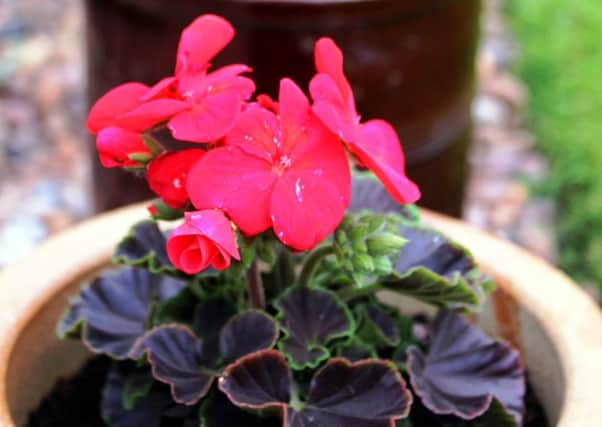Fighting back against county's tide of water


In Yorkshire, the rain is normally a constant, and, combined with a lack of sunshine, is apt to add to the woes of gardeners. Weather pundits say all this is the result of global warming and could be repeated in 2017. There could be a rush to build raised beds in which to grow annual flowers and vegetables. Raising the soil level by 20cm (8ins or so) will provide some useful extra drainage and give plants the chance to keep their heads above water.
If you haven’t the energy to move all that soil, you could always grow flowers in pots dotted throughout the beds and borders. But give them a boost by using a compost containing slow-release nutrients that will keep them well fed for six months or so.
Advertisement
Hide AdAdvertisement
Hide AdAnd if the weather is especially wet next year, it’s probably wise to raise the pots off the soil and onto bricks or fancy little terracotta feet.
Decorative trees and shrubs aren’t usually affected dramatically by heavy rains because their woody skeletons hold up their flowers even in a downpour – but they, too, will benefit from feeding.
Scientists have developed continuous-release nutrient granules that release plant foods each and every day over long periods. An application to flowering shrubs and trees in March, just before real growth starts, should be effective right through until September.